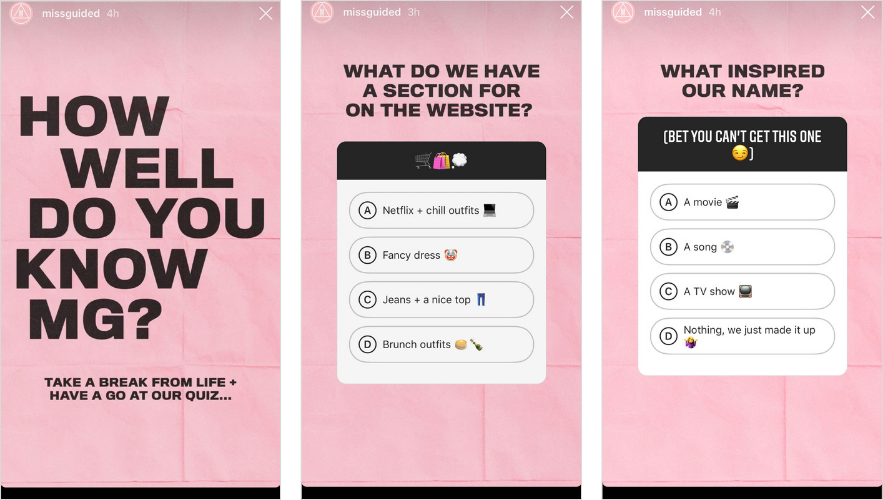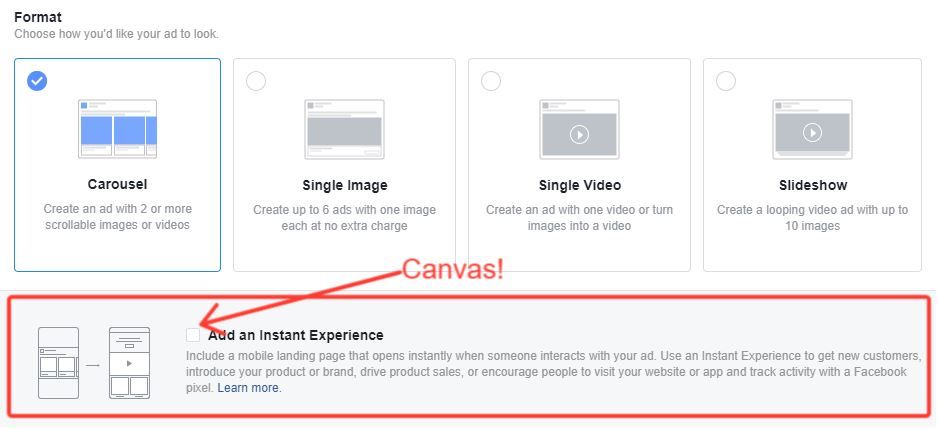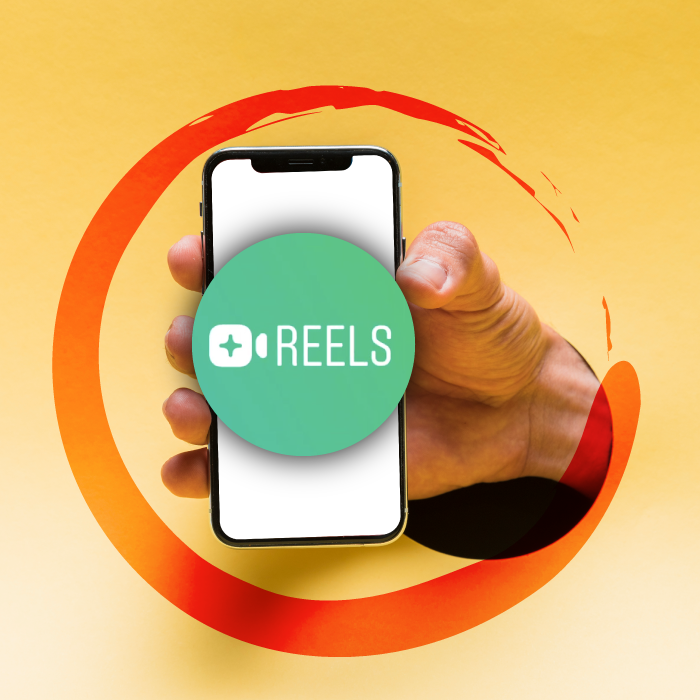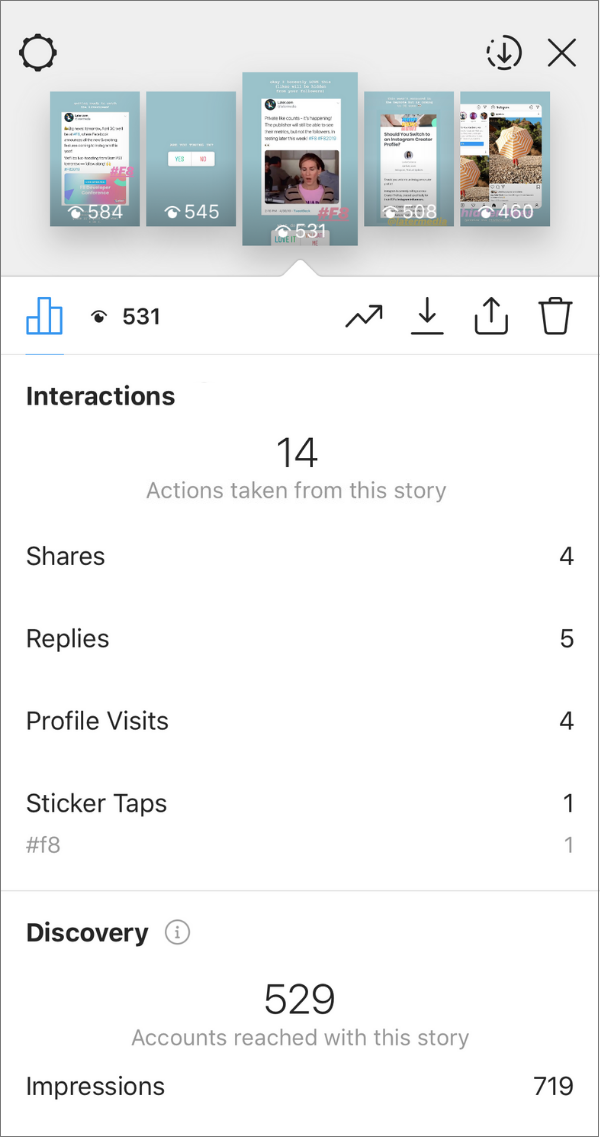How to report a scam on instagram
How to report a fraud on Instagram
FIND THE SOCIAL MEDIA PROTECTION PLAN AVAILABLE FOR YOU
Instagram has grown from a niche photo-sharing platform into one of the most popular social media platforms, with over 2 billion monthly active users in 2021.
With the popularity of the platform, many businesses are now looking at Instagram as their primary online marketing channel: it’s the place where they work with influencers to promote their product, get user-generated reviews, and more.
Unfortunately, despite the fact that there are many businesses being active on Instagram there are also many bad actors looking to take advantage of the situation by scamming or defrauding unwitting users.
While Instagram has been very active in combating cybercriminals and scammers on the platform, it has remained an uphill battle. There are still many fraud accounts impersonating famous people and well-known brands, and bad actors can then use these fake accounts to:
- Sell fake products, claiming to be a legitimate brand offering ‘special discounts’.
- Scam others, for example, by sending a link to phishing scams.
- Post derogatory content to damage the reputation of the company the account is impersonating.
And more.
So, if you are a legitimate brand and your brand identity is being imitated by a fake account, what can you do about it?
In this guide, we will explore your options, especially how to report fraud and take down these fake Instagram accounts via reporting.
Let us begin.
The legality of fake Instagram accounts: How Instagram handles trademarks
Is creating a fake Instagram account impersonating another person or organization legal?
The short answer is no, it’s illegal, and if you are a registered trademark owner, Instagram is obligated to follow the U.S. federal trademark laws and potentially other relevant trademark laws in your location.
This simply means trademark infringement is strictly prohibited on Instagram. Which means that if you find your brand being impersonated by others (so technically, they have stolen your trademark), you have the right to report this account and Instagram is obligated to take action.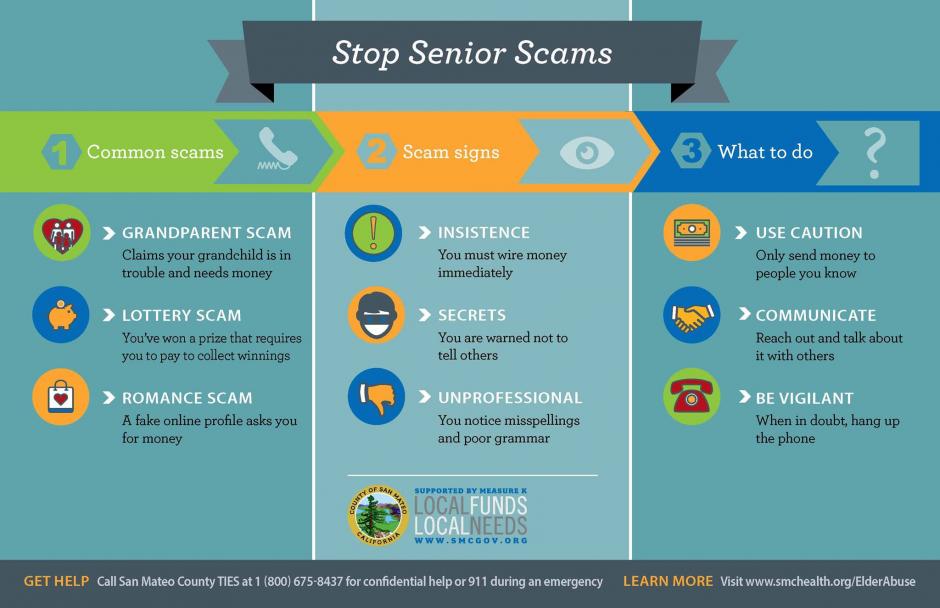
Instagram also adheres to the common law trademark rights, so it can ban accounts that perform infringements on unregistered trademarks, potentially including individual identity.
So, even if you haven’t or can’t register your trademark yet (i.e., you can’t register an individual name unless you are already famous), you can still take action against these frauds and fake accounts impersonating your identity.
Due to the visual nature of Instagram, trademark infringements can happen in a wide variety of different ways: logos, brand names, product design, and so on.
Here are some examples of acts on Instagram that may be considered legal trademark infringement:
- Fake accounts using your brand logo and brand name in their Instagram post or Instagram ads.
- The usage of your slogan in a video ad.
- Instagram profiles using your name, logo, or slogan in their design.
Take down fake profiles and counterfeits on social media platforms with technology
Identifying impersonation attempts on Instagram
There are over a billion Instagram accounts online today, so finding one or two accounts using your logos, name, or brand images might be easier said than done.
With that in mind, here are some approaches you can try when attempting to find out whether someone is impersonating you:
1. Search on Instagram
The first (and the easiest) thing you should do is to search for your name or brand’s name on the Instagram platform. You may also try searching for phrase variations, typos (i.e., Gogle instead of Google), and so on. Instagram will then show the search result listing all the accounts using your brand name.
Try reviewing these accounts one by one. Remember that just because an account has a name that is similar to or the same as your brand’s name doesn’t necessarily mean it’s made with a malicious intent to impersonate you. You can evaluate other factors, such as the content they are posting (i.e., if they are copying content from your feed, then it is clearly a case of impersonation), where they claim they are located, how they interact with others, and so on.
Keep in mind that accounts that are created with malicious intent tend to block the legitimate brand that they are impersonating. They do this in an effort to prolong their scam and reduce their chance of being spotted and reported by the company they are pretending to be. As a result, you may have to log in through another account (i.e., your personal account) to perform this search. We also recommend you try different spellings and variations of names, as bad actors try to be creative by switching letters or symbols in their account name to pull off their scam.
They do this in an effort to prolong their scam and reduce their chance of being spotted and reported by the company they are pretending to be. As a result, you may have to log in through another account (i.e., your personal account) to perform this search. We also recommend you try different spellings and variations of names, as bad actors try to be creative by switching letters or symbols in their account name to pull off their scam.
2. Search via hashtags
You can leverage Instagram’s search algorithm and try using hashtags in your search to find fraudulent Instagram accounts. This is especially effective when the fake account is attempting to sell products directly via Instagram because sellers typically use product specific hashtags to push their content towards the most relevant users. For example, a brand such as Apple might search for a hashtag such as #airpods, when they are searching for impersonators, whereas a brand such as Hermes might search for hashtags like #birkin.
However, you’ll need to be creative and meticulous when using this approach since, in practice, branded/product-specific hashtags are also used by legitimate consumers, resellers, and vendors.
While this approach can be very effective when done right, it’s important to keep in mind that it can be very time-consuming to do.
3. Reverse image search
You can also perform a reverse image search (i.e., via Google Images) to check whether there are accounts that have posted your photos or any photos of your products/logo on Instagram. Unfortunately, as you can imagine, this process can also be time-consuming.
4. Invest in a real-time Instagram impersonation and fraud monitoring solution
If you want to quickly identify fake accounts impersonating your brand and take action ASAP, then the best approach is to invest in a social media protection tool like Red Points. Red Points can reliably scan through hundreds of Instagram profiles and web pages, quickly producing reliable and accurate results in just a matter of minutes.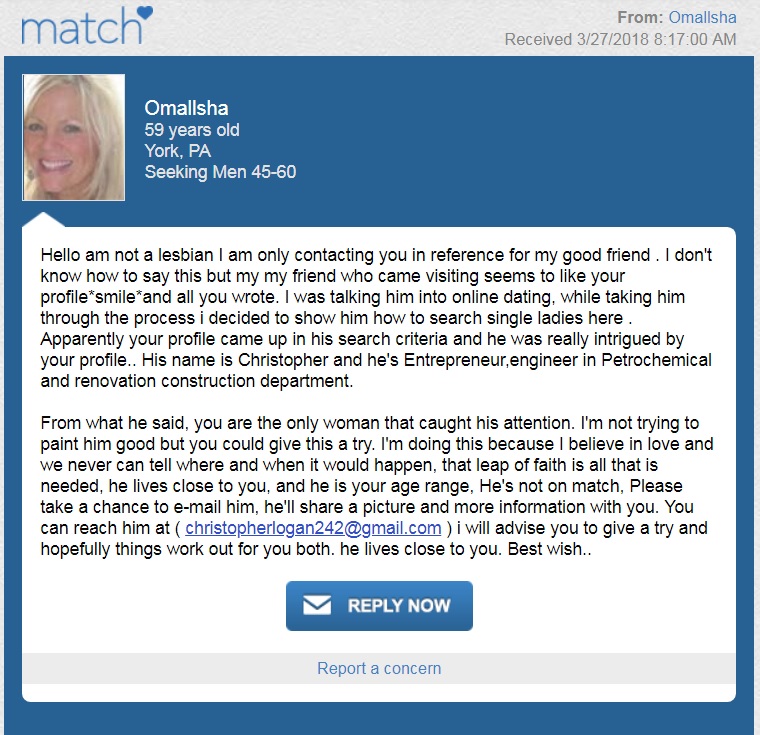
By using Red Points, you effectively eliminate the need to perform manual searches, instead, the impersonation protection tool notifies you as soon as a detection is made allowing you to quickly take action and report these fake accounts and cases of fraud as soon as possible.
How to take down a fraudulent Instagram account: step-by-step
1. By using your desktop/web app
- Step 1: Open your computer browser and then type https://help.instagram.com/contact/636276399721841 on the address bar.
- Step 2: You’ll be given several options to describe your situation. Since you are reporting a fraudulent account, you can choose the option “Someone created an account pretending to be someone I represent”.
- Step 3: Fill out your information on the given form.
- Step 4: You’ll need to specify your relationship to the person being impersonated. You can fill the field with “Yourself” or “Authorized representative”, depending on your case.
 Add your full name or the name of the company that is being impersonated and the username.
Add your full name or the name of the company that is being impersonated and the username. - Step 5: You’ll need to submit information about the fraud or fake account. In the “The full name listed on the account that you’re reporting” field, type the name used as the profile’s name in its bio and not the username. You will input the username in the next field.
- Step 6: You’ll need to take a photo of yourself holding up an accepted ID or a photo of the person you’re authorized to represent holding their ID. You can use any form of government ID here: passport, visa, driver’s license, and even birth certificate, among others. If you don’t have a government ID, you can hold up two IDs like a school ID card and a bank statement. You can check the full list of accepted ID forms here. Make sure that both your face and the ID are visible in the photo. Once you’re done, click “Choose Files” and upload the photo.
- Step 7: Click Send and submit your report.
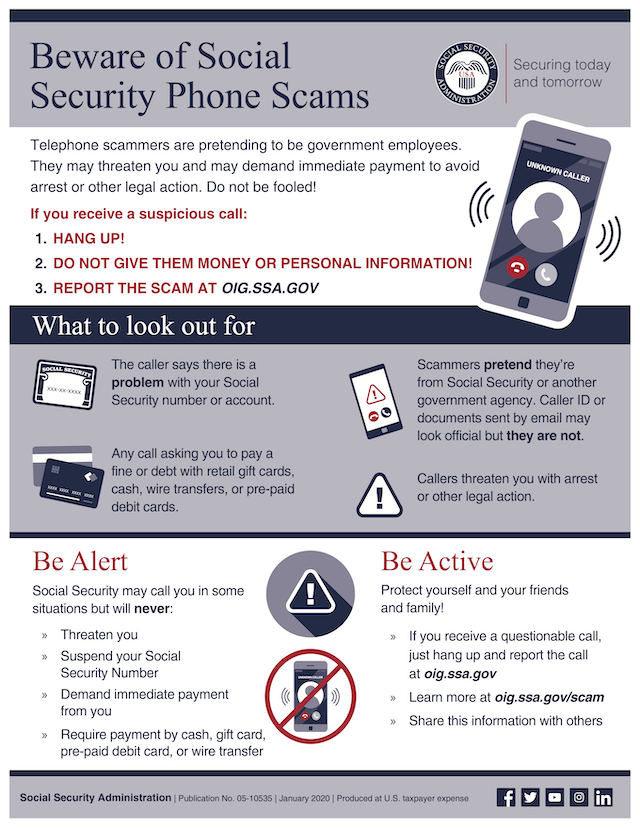
Instagram will review your submission and may contact you if they require more information. Instagram usually replies within 24 to 48 hours via email and will delete the fraud and fake account if your request is approved.
2. By using a mobile app
Note: it’s typically more effective to submit the form via the web/desktop app, and you can’t provide any proof via the mobile app. However, the process is easier and faster when using a mobile app.
- Step 1: Go to the fake profile/account that impersonates you or your brand.
- Step 2: Tap the three dots at the top-right and choose “Report”, you’ll be provided with several options. Click on “Report Account.”
- Step 3: On the next set of options, tap “It’s pretending to be someone else”.
- Step 4: Choose who the account is impersonating. You can select “a business or organization” if the account is currently impersonating your brand.

- Step 5: Tap “Submit Report”.
You can use this option to submit a quick report, and you may follow up with another report from your desktop/web app later.
A mobile report can still be effective, and Instagram may disable the fake account for fraud activities if they are able to gather enough findings.
Reporting impersonation of a business page
If your brand owns a legitimate Instagram business page, then reporting the fraud and fake profile and getting it taken down is much easier. You can use the Instagram trademark infringement form to report the fake account using your trademarks.
You’ll need to provide proof of ownership and prepare the required documents to prove that your registered trademarks have been infringed. Having screenshots and other proof showing the account infringing your trademarks may also help.
Typically you’ll be required to submit a copy of your registration certificate that is able to prove ownership of the business/brand name that’s being used by the bad actor on the fake account.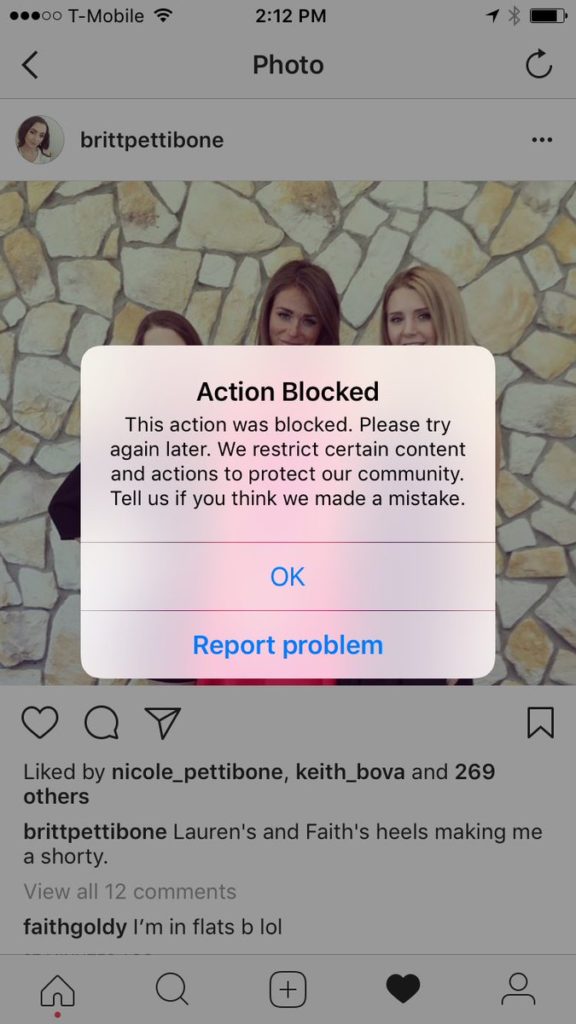
Once you’ve submitted this proof of ownership and other relevant proof, Instagram will review the report to determine whether or not a trademark infringement has occurred. This report will serve as your official DMCA takedown request, and once it’s approved, Instagram will ensure the account is taken down and all content is removed.
What if you don’t hear back?
If you submit the Instagram trademark infringement form and don’t hear any response after 48 hours, don’t panic. First things first, try resubmitting the form. There’s always the possibility of technical errors leading to your forms not being received. If there’s any change to the situation, you may also want to update the information first, before you resubmit the form.
If the second form is ignored again, then you can try emailing Instagram’s support team. There may be underlying circumstances causing this delay, for example, if the support team requires more time to evaluate whether the infringement actually occurred. The support team may also ask for further information and proof before they can approve the report.
The support team may also ask for further information and proof before they can approve the report.
Finding out the culprit
Can you find out who made the fake account and take the necessary action?
Unfortunately, this can be quite challenging to do since Instagram will not reveal the identity of the bad actor behind the fraud for privacy purposes. Also, Instagram will not give you access to the fraudulent account even after it’s taken down.
So, you’ll need to be proactive and take things on your own. Here are some tips you can use to find the culprit behind the fake account:
- Try reaching out to the contact information provided on the Instagram bio. Communicate with them and ask for contact information that can be used to trace them.
- If they are selling counterfeit products, you may want to do a test purchase, this not only gives you chance to see if the products are high quality counterfeits, which might denote a problem in your supply chain, but it can also provide you with shipping details that may contain the address of where the bad actor is conducting business.
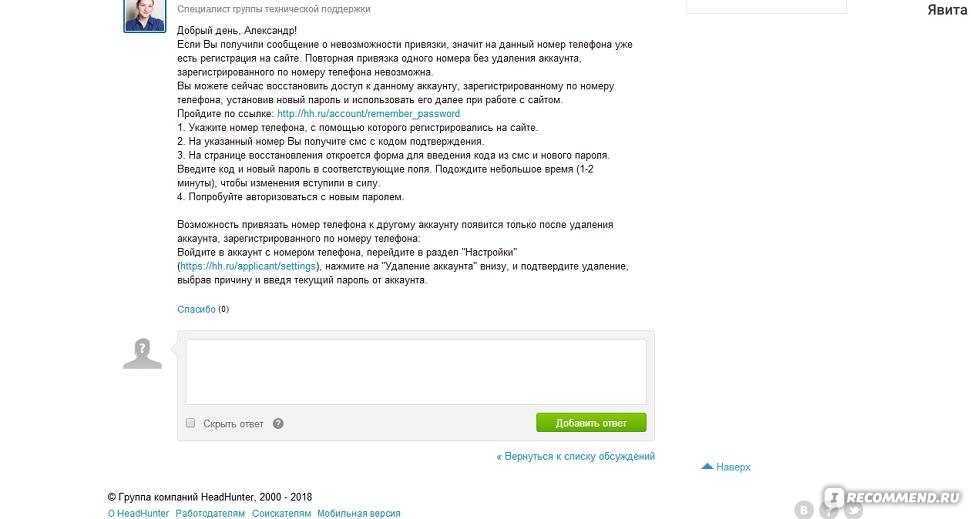
- If they have any URL in the bio, we first recommend using a URL checker such as ScanURL to confirm it is safe to open. If it is, then open the website or app, and attempt to trace the contact details. The contact information listed on the website may be able to help you find the culprit.
If the impersonation attempt has caused you any kind of financial loss or otherwise, it might be worth it to pursue the real culprit and take legal action. Red Points can help provide the data needed to file an official complaint in the event of legal disputes.
Protecting your trademark from frauds on Instagram with Red Points
Red Points’ advanced Brand Protection Software is designed to help brands protect their online reputation, revenue and the integrity of their trademarks, copyrights, and other forms of intellectual property.
Red Points will automatically scan the web 24/7 to monitor and protect from trademark infringements in real-time. By identifying infringements and brand abuse attempts as early as possible, you can stop bad actors from misusing your trademarks before they can cause any significant damage to your finances and reputation.
While dealing with trademark infringement and frauds on Instagram and taking down fake accounts can be quite complex, Red Points can help in gathering evidence and automatically sending takedown notices so that you don’t have to manually.
More like this on:
- How To's
- Social Media
Report a scam - Citizens Advice
This advice applies to England
If you've been scammed, there are organisations you should report the scam to.
Don't feel embarrassed about reporting a scam – scammers are clever and scams can happen to anyone.
Reporting a scam helps track down and stop scammers. This prevents other people from being scammed.
You should:
- protect yourself from further risks
- gather all the details of the scam
- report the scam to us
- report the scam to other organisations
Protect yourself from further risks
Before you report a scam, there are steps you can take to protect yourself from things getting worse. Check what to do if you've been scammed.
Check what to do if you've been scammed.
When to call the police
Contact the police immediately by calling 101 if:
- the scammer is in your area
- you've transferred money to the scammer in the last 24 hours
If you feel threatened or unsafe call 999.
Gather all the details of the scam
Write down the details of your scam. This will help you remember all the important information when you report it.
Make sure you include:
- who you've been in contact with – write down names, numbers and addresses if you have them
- why you're suspicious
- what information you've shared – for example, passwords, PINs, or bank details
- whether you've paid any money
- how you've paid – for example, credit card or bank transfer
Report the scam to us
You can either report a scam by:
-
using our online form
-
contacting our consumer helpline
If you need help you can tell us when you fill in the form, or when you call.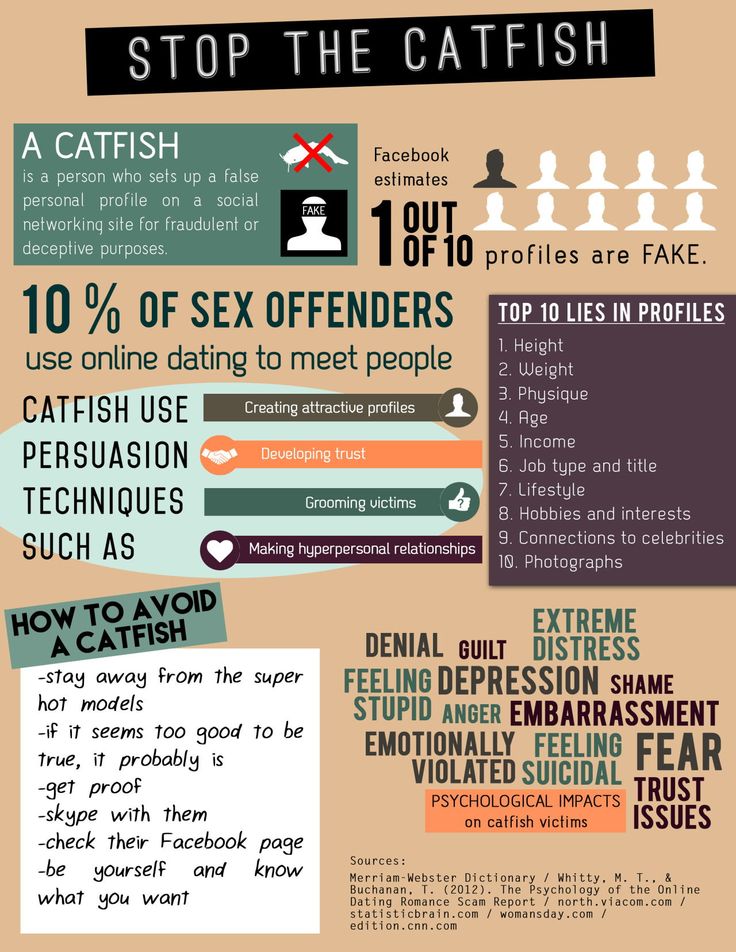
What we'll do when you report a scam to us
Once we've got all the information we need, we'll pass this to Trading Standards. We don't investigate scams ourselves.
Trading Standards gathers information about scams so they can take legal action against scammers.
What Trading Standards does
Trading Standards will decide whether to investigate. They might contact you for more information.
Depending on what they find, they could prosecute the scammers or stop them operating.
Even if Trading Standards don't contact you, they might still use your evidence to take action in the future.
Report the scam to other organisations
You should also report scams to other organisations. This increases the chance of scammers being caught and stopped.
You should report all types of scams to Action Fraud, the UK's national reporting centre for fraud.
Action Fraud can get the National Fraud Intelligence Bureau to investigate scams. They'll also give you a crime reference number, which can be helpful if you need to tell your bank you've been scammed. Read our advice on trying to get your money back after a scam.
Read our advice on trying to get your money back after a scam.
It's quickest to report a scam to Action Fraud online, but you can also report the scam by phone.
Action Fraud
Telephone: 0300 123 2040
Relay UK - if you can't hear or speak on the phone, you can type what you want to say: 18001 then 0300 123 2050
You can use Relay UK with an app or a textphone. There’s no extra charge to use it. Find out how to use Relay UK on the Relay UK website.
Monday to Friday, 8am to 8pm
Calls cost up to 40p a minute from mobiles and up to 10p a minute from landlines. It should be free if you have a contract that includes calls to landlines. Check with your supplier if you're not sure.
There are other organisations you should report your scam to, depending on what's happened.
If you got a scam email
Forward the email to [email protected]. It will go to the National Cyber Security Centre - they might be able to stop other people being scammed.
If you've been scammed through the post
Royal Mail investigates postal scams. If you've received something in the post you think is a scam, send it to 'Freepost Scam Mail'. Include the envelope it came in and a completed scam mail report. You can download a scam mail report from Royal Mail or call them and ask for a form and pre-paid envelope.
Royal Mail
Email: [email protected]
Telephone: 0800 011 3466
Calls are free from mobiles and landlines.
If you've seen a scam advert online
You should report an online scam advert to the Advertising Standards Authority (ASA).
You might also be able to report an advert when you see it. For example, Google, Facebook and Instagram let you tell them about scam ads. If you've done this, you can still then report them to the ASA.
If the scam involves financial services
If the scam involves cryptocurrency, investments, insurance or pensions, report it to the Financial Conduct Authority.
If you think you've been scammed into transferring your pension, contact your pension provider immediately. Then get in touch with The Pensions Advisory Service.
If a scammer is imitating a company or person
Contact the real company or person to let them know their name is being falsely used.
A common imitation scam involves emails, texts or calls that seem to be from HM Revenue and Customs (HMRC). They might tell you about a tax rebate or ask for your personal information. Report HMRC scams.
Additional feedback
Help us improve our website
Take 3 minutes to tell us if you found what you needed on our website. Your feedback will help us give millions of people the information they need.
Did this advice help?Yes No
Leave this name field blankLeave this address field blank
Why wasn't this advice helpful?It isn't relevant to my situation
It doesn't have enough detail
I can't work out what I should do next
I don't understand
Please tell us more about why our advice didn't help.
You've reached the 3000 character limit.
Did this advice help?
Thank you, your feedback has been submitted.Page last reviewed: 11 June 2019
Additional feedback
Take 3 minutes to tell us if you found what you needed on our website. Your feedback will help us give millions of people the information they need.
How to sue Instagram?
Instagram is not under the jurisdiction of the Russian Federation, this structure of the Facebook social network belongs to a US citizen, so you will not be able to file in court in on the territory of the Russian Federation.
How do I file a complaint with Instagram about my account?
Report about a user on their profile
Click on the user's name in their post in their feed or story, or in a chat with them. You can also click the icon and search for the username to go to their profile. Tap (iPhone) or (Android) in the top right corner of your profile. Select Complain.
You can also click the icon and search for the username to go to their profile. Tap (iPhone) or (Android) in the top right corner of your profile. Select Complain.
How to write a complaint letter to Instagram?
You can contact the representatives of the social network directly from your account. To do this, the user must go to the "Settings" tab. Then scroll down to "Support". Next, you need to click "Report a problem".
How to report scammers on Instagram?
How can complain about a seller or product in Instagram ?
- Go to the profile of the seller you want to report .
- Tap the (iPhone) or (Android) icon in the upper right corner of the screen.
- Press Complain and follow the instructions on the screen.
What does a complaint on Instagram give?
If you are reported, then Instagram may remove other people's photos from your profile without notice. In this case, you will receive an alert from Instagram , which includes the following information: Number complaints Copyright holder name
In this case, you will receive an alert from Instagram , which includes the following information: Number complaints Copyright holder name
How many complaints does it take to block an Instagram account?
Answering your question, if you block for a cause, for example, your publications are given as their own, or your TM is used without your permission, one complaint with proofs stuck on is enough. The user has no chance to restore such account .
How to ban a person on Instagram?
How to block your account at Instagram
- Open the web version of Instagram .
- Log in to your account, click "Edit Profile".
- Scroll down the page and in the lower right corner click "Temporarily disable my account".
- Select the reason for blocking.
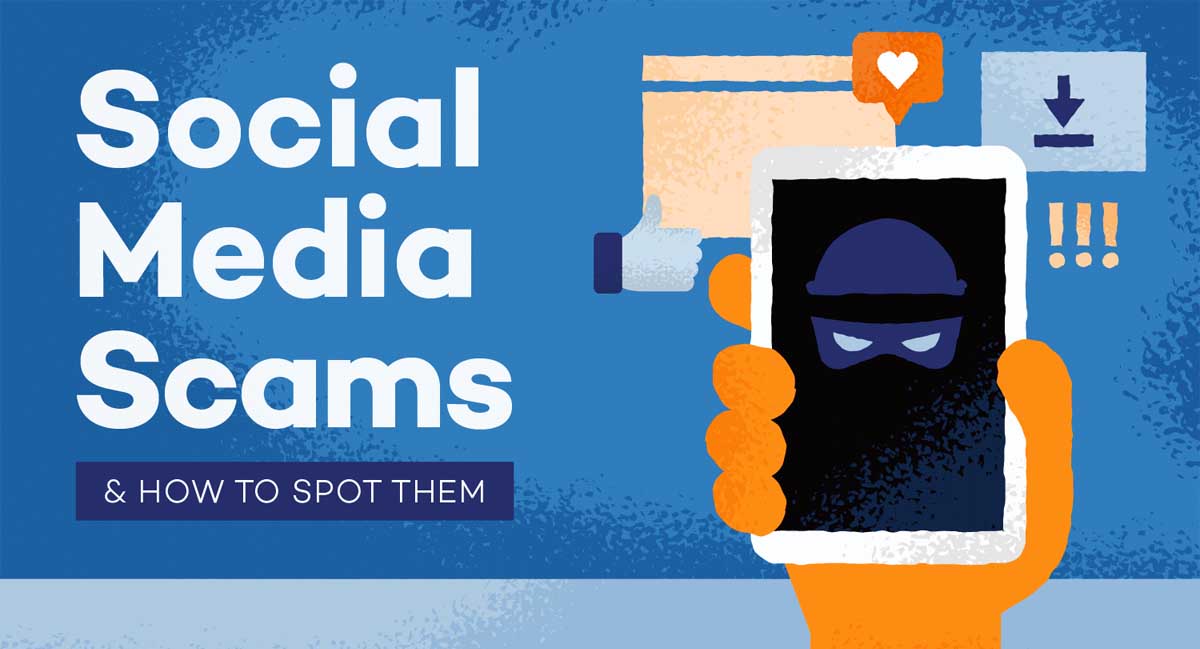
- Enter your password.
How to write to Instagram to get an answer?
How to write to support service Instagram
- open your profile and go to the "Settings" section, which is located at the bottom of the interface;
- find the "Help" item and click on it;
- select the function “Report a problem”;
How to complain about an insult on Instagram?
Click on the username in their post in their feed or story, or in a chat with them. You can also click the icon and search for the username to go to their profile. Tap (iPhone) or (Android) in the top right corner of your profile. Select Complain .
How to complain about a photo on Instagram to be deleted?
Well, and most importantly: to complain about content, you simply attach links to stolen photos and below links to your photos on Instagram , on the site, or you can simply upload the original photos.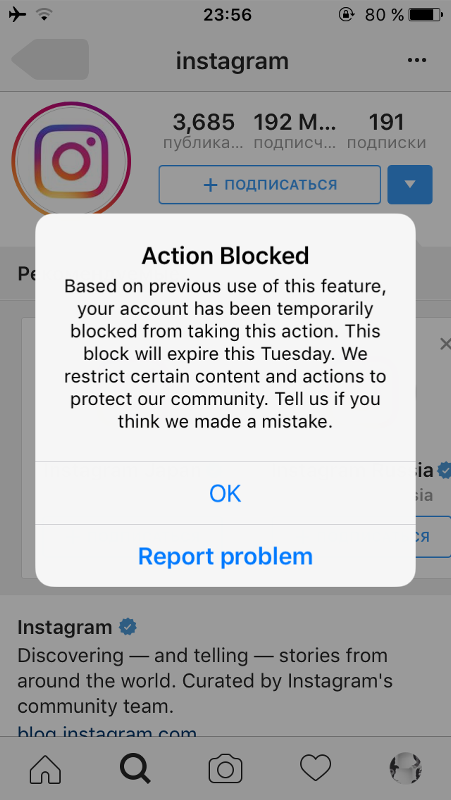 Below you only need to confirm with a tick that you are sure that you want to apply. And that's it!
Below you only need to confirm with a tick that you are sure that you want to apply. And that's it!
How to punish scammers on Instagram?
How to report a scammer account on Instagram
- Email support [email protected] instagram .com. Indicate in the letter the name of your account and the essence of the problem, upload screenshots of evidence.
- Contact technical support from your account through the interface Instagram .
- Report the user manually.
Where can I file a complaint about a scam site?
A citizen who has encountered fraud on the Internet has the right to file a complaint:
- To the hosting company.
- Rospotrebnadzor.
- Directorate "K" of the Ministry of Internal Affairs of Russia.
- Prosecutor's Office.
- Court.
How can I contact the Cyber Police?
So this is the answer to the question “where to report online fraud?” - You can contact the police department in your area, or the department for combating cybercrime in the region, or fill out an application through the website https://ticket.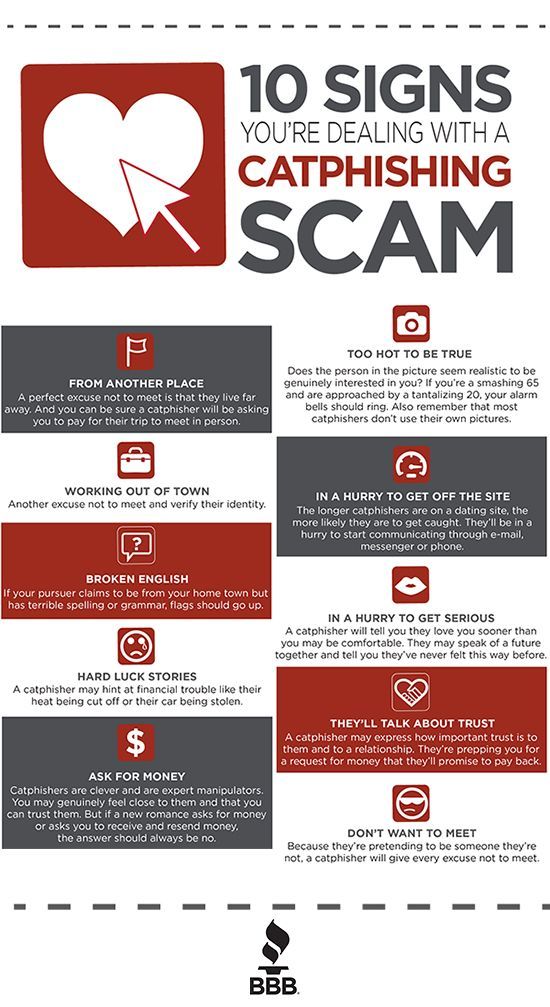 cyberpolice.gov.ua/.
cyberpolice.gov.ua/.
How do I report being bullied on Instagram?
If you are the victim of bullying , seek help from a relative or teacher you trust. You can also uncomment your photo and report bullying and harassment in the Help Center.
How to find out complaints on Instagram?
To view your complaints on the Instagram app for Android and iPhone:
- Click the or icon on your profile picture in the bottom right corner of the screen to go to your profile.
- Tap the icon in the upper right corner of the screen, and then tap Settings.
- Select Help.
- Click Support Requests and then Complaints .
How to find out why Instagram was blocked?
To check if the profile of the person who supposedly blocked you still exists, try to find it through a browser (for example, from a computer) by logging out of your account. If the search was successful, and the account you are looking for is displayed in the results of Insta, then you are blocked .
How to complain to Instagram ➤ How to report a person on Instagram
Menu
Content How to report an Instagram story
Are you offended by an Instagram user or story? Do you want the profile to stop sending you spam? Or found out about a scam and want to notify the developers of the social network about it?
By reading this article, you will know everything about it and will no longer wonder about complaints on Instagram. So let's start the discussion.
How to report a post to Instagram
In the event that a certain post seems offensive or inappropriate to you, you can always file a complaint about it with the Instagram support service.
If there are enough complaints about such a publication, sanctions will be applied.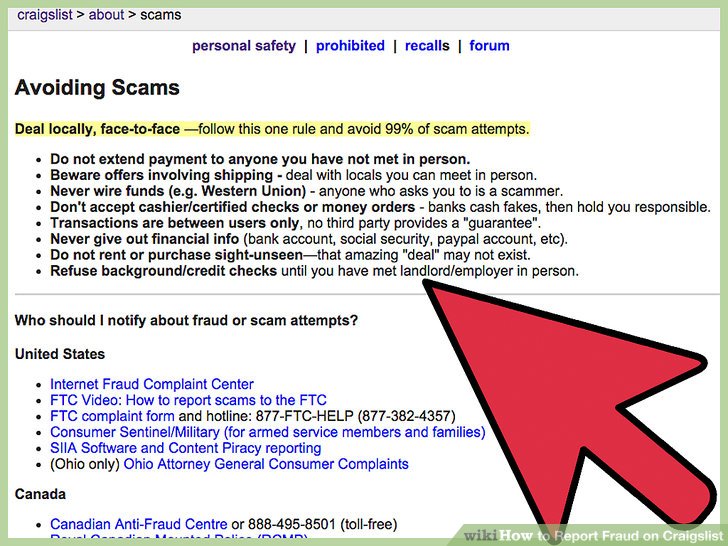 The social network can delete it and block the page itself.
The social network can delete it and block the page itself.
- To complete this task, first find the same Instagram photo you want to report. Go to the photo itself and click on the three dots in the upper right part of the post (indicated in red).
- After clicking, a menu with different functions is displayed, you need to select the item "Complain ..." (marked in red).
- Next, we are given the choice of what exactly to report about any Instagram post. The account owner will not know about your complaint about his post. It is impossible to find out about this, since the one who does this remains anonymous.
Now let's take a closer look at what cases you should complain about: spam, if a photo or video contains advertising material.
This item is marked in red on the attached photo. By clicking on it, you get a thank you from Instagram support for your spam notification.
In case the previous option (spam) does not suit you, there is another one - "This is inappropriate content", or "This is inappropriate". Marked in blue in the attached picture.
Marked in blue in the attached picture.
By clicking on it, a considerable choice of reasons for complaints about the post is provided. Each of them are types of materials prohibited by the rules of Instagram.
There are a lot of reasons for complaints provided by the Instagram application, so at least one of them will suit you.
How to report a person on Instagram
The developers of this social network have provided the opportunity to file complaints not only about the publication, but also about the person's Instagram account as a whole. If you wish to do so, we have provided all the necessary information below.
The first step is to go to the page itself, where there is inappropriate content, and click on the three dots in the top right corner (marked in blue in the photo).
After clicking, a menu is displayed, from the options of which we select "Complain ...". Here we are highlighted the same points as when complaining about one publication.
Among them, you also need to select the reason for your complaint about the person's Instagram profile.
You will be interested: how to protect yourself from spam on Instagram.
How many complaints does it take to block Instagram
If you strongly complain about another person's account, but they still have not been removed from the social network, you should know the rules of Instagram.
In order to block an Instagram page due to complaints, you need at least 10 complaints from different users. But this does not guarantee instant deletion of the profile; technical support first checks.
But sometimes, even after 5 comments about the content, the profile gets a temporary ban, the available functions are limited and the user receives a warning.
How to complain about a story on Instagram
In the social network, you can also file a complaint about a story, including. Everything here is as easy and simple as with other complaints.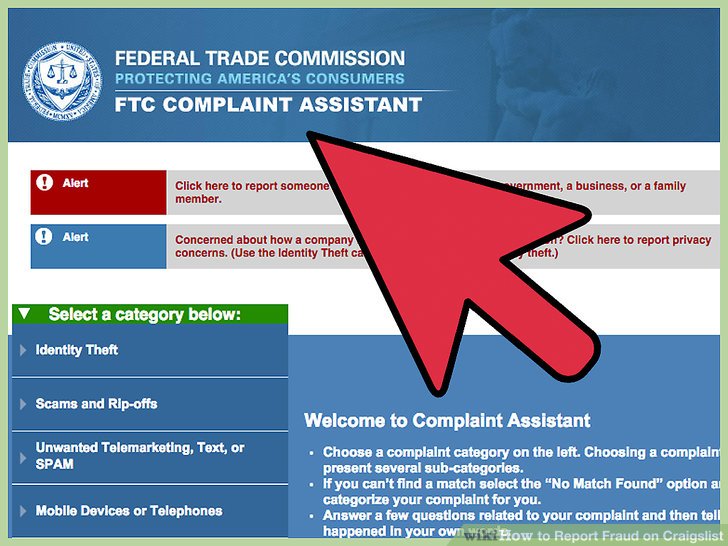
First of all, click on the ellipsis at the bottom of the screen when viewing stories. It is located in the column for writing an answer to the story (circled in red in the photo).
After clicking, we are shown a menu with options, among which you need to select "Complain" - the top item. As you have already noticed, all actions for stories are similar to the previous ones. By going to the above column, we, as before, are shown the reasons for the complaint.
You will be interested: how to protect Instagram from hacking.
How to report fraud on Instagram
Unfortunately, the support service of the social network Instagram is not able to catch scammers on its own, as there are too many accounts.
However, you are given the opportunity to click the "Complain..." button in the deceiver's profile (as described above in this article). After several such complaints, the Instagram page will be blocked.
It is important not to forget to record the fact of fraud, for example, with a screenshot.



